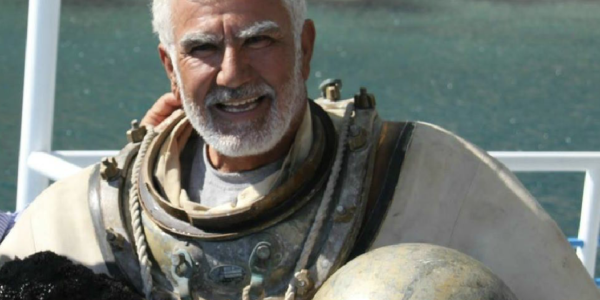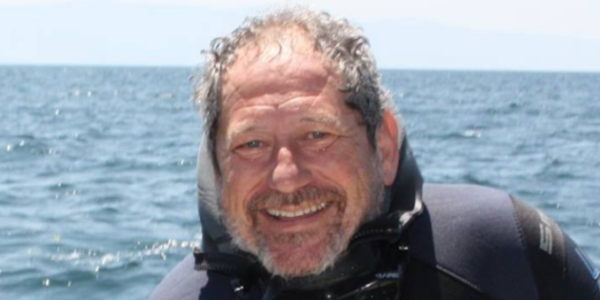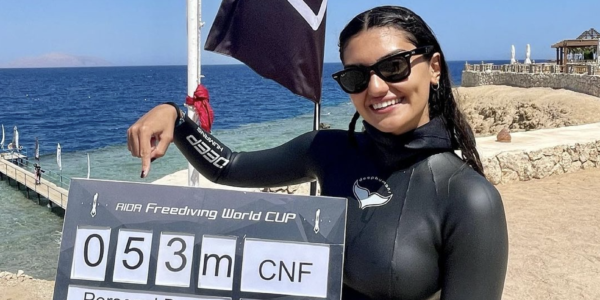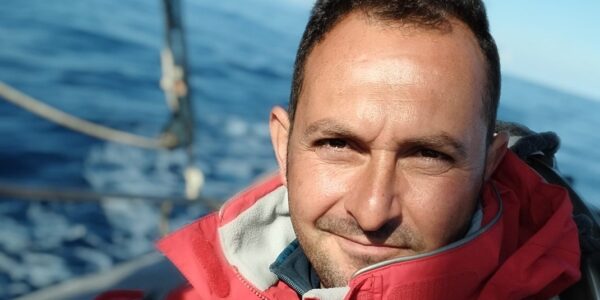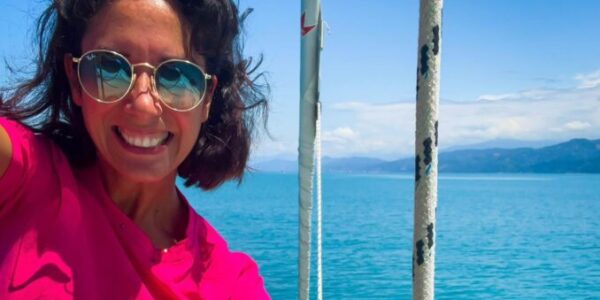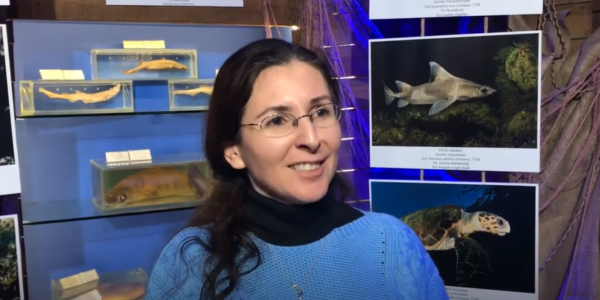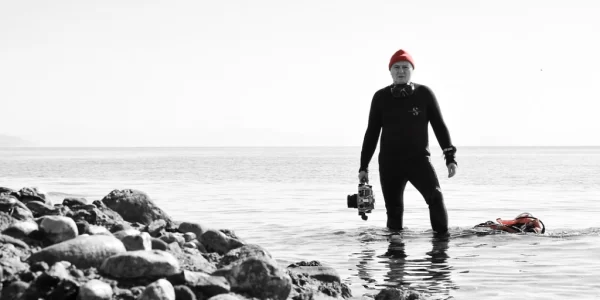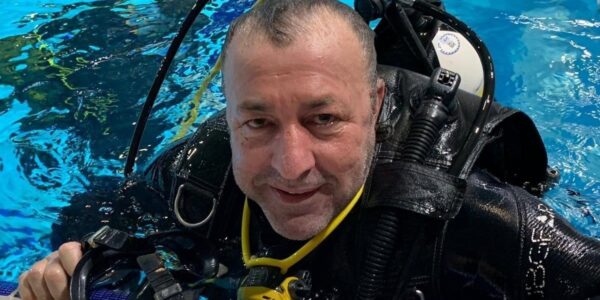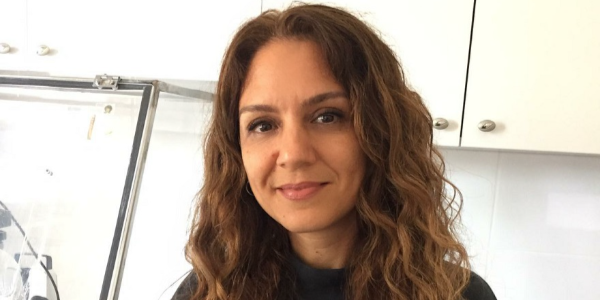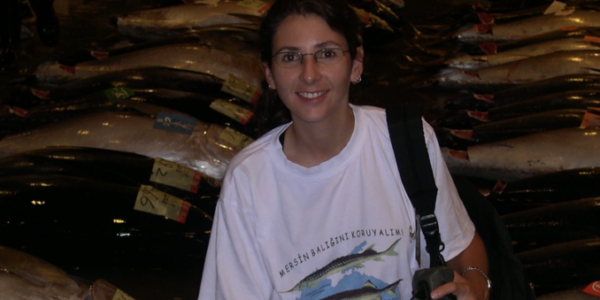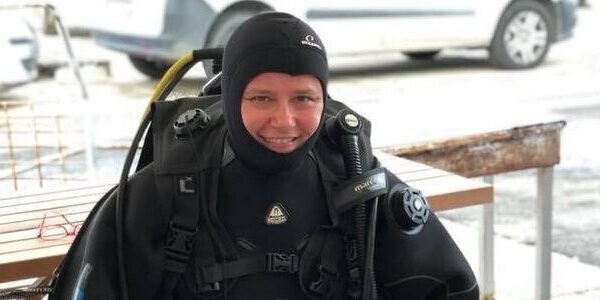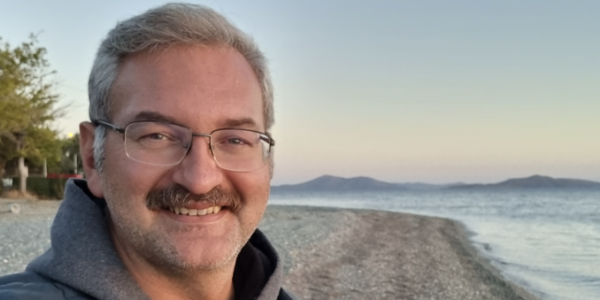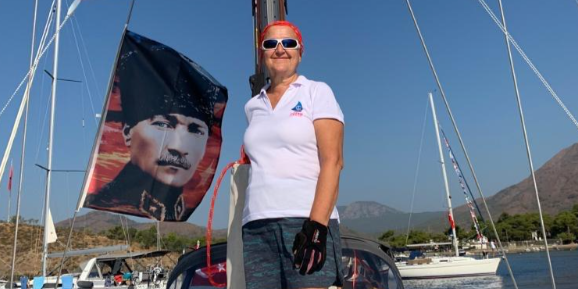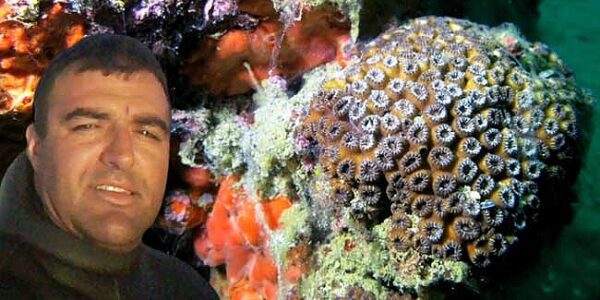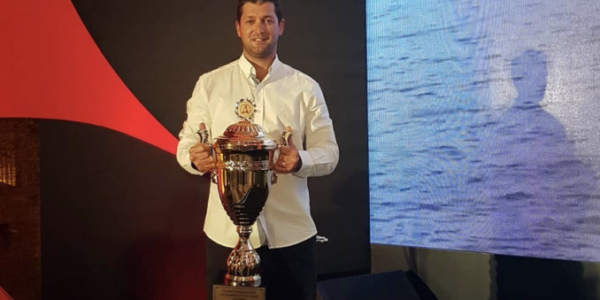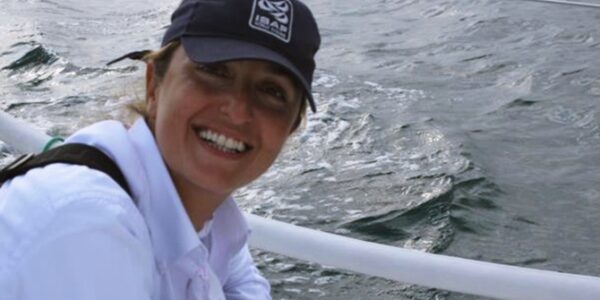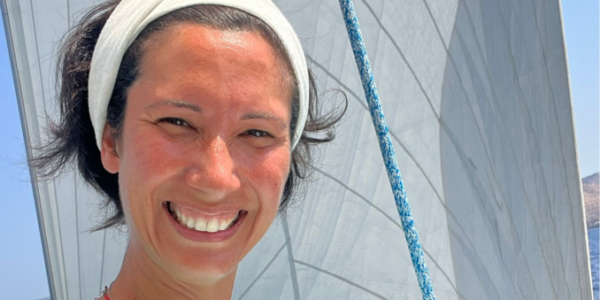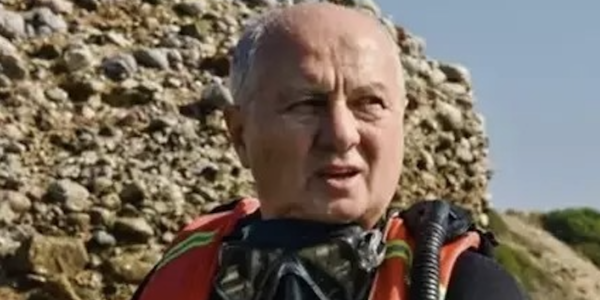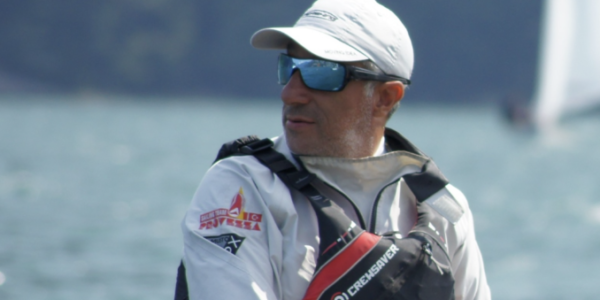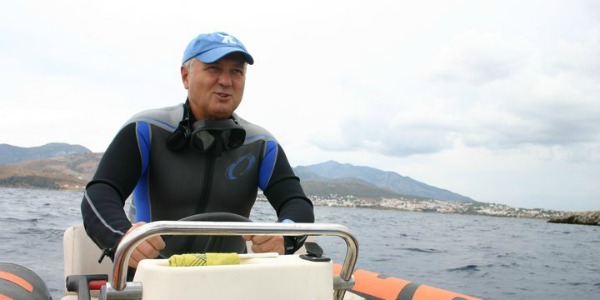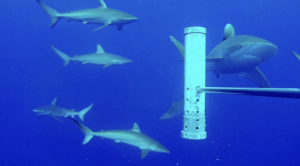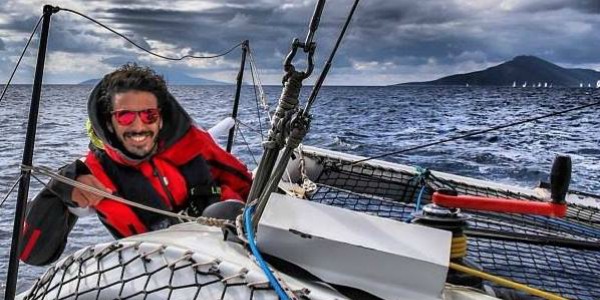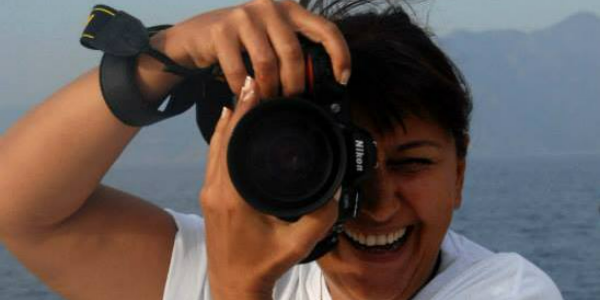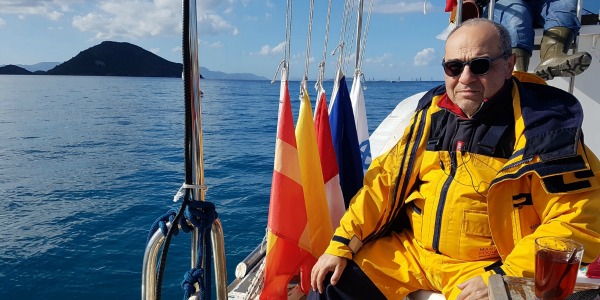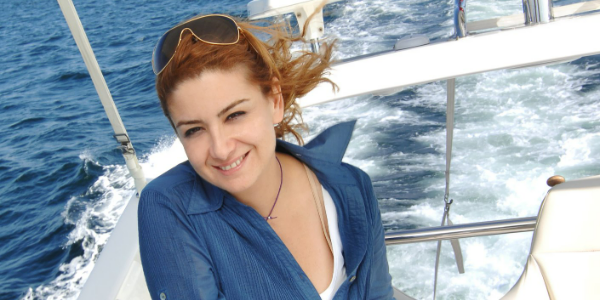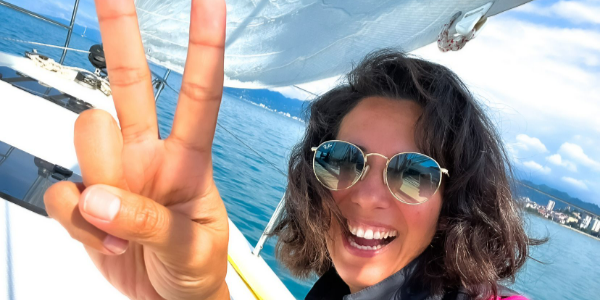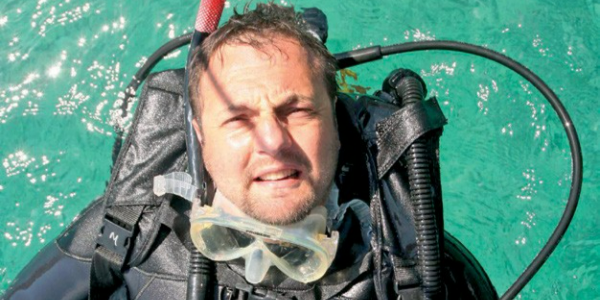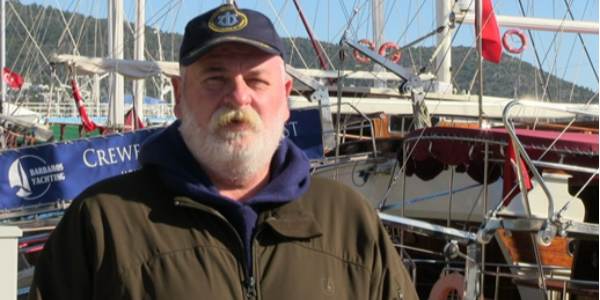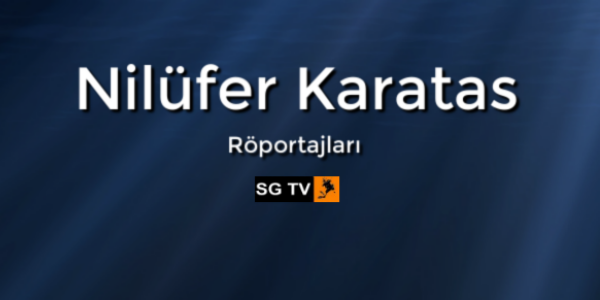by Sean Kelly
AUSTIN (KXAN) — Within the next several months, the United Kingdom is set to lead the world’s first and largest ocean wildlife monitoring system to help protect wildlife and biodiversity.
A network of cameras will look to track over 2.5 million square miles of ocean wildlife. This will help identify and monitor population sizes, and the density of wildlife, once never been able to be tracked before. The overall goal is to enforce a global initiative — conserving 30% of the world’s oceans by 2030. Setting up zones where fishing isn’t allowed to help grow certain populations of species is also part of that.
“Literally every breath we take comes from the oceans. They’re the biggest habitat on our planet,” said Jessica Meeuwig. She’s a professor of marine science at the University of Western Australia and a co-founder of Blue Abacus, an ocean fish monitoring company that will train people to collect marine data.
“Yet we know very little about our oceans, particularly as you move away from shallow coral reef systems into what I like to call the ‘big blue,’” she told NBC News.
The camera systems – known as BRUVS – will allow the UK’s Overseas Territories to look at and manage ocean wildlife in their diverse ecosystems. The non-intrusive method of capturing information on species will be used to document the incredible marine biodiversity in 10 Overseas Territories including Pitcairn, Ascension, St. Helena and within the British Antarctic Territory.
The rigs are being rolled out at a time when the health of the ocean is declining and will allow scientists to improve their understanding of the marine environment and restore our oceans.
U.K. Prime Minister Boris Johnson said, “The marine wildlife living along the coastlines of our Overseas Territories is some of the most spectacular in the world and we must do more to protect it.”
“Cutting-edge technology, such as these cameras, will be vital in our crusade against climate change. Our marine experts are world-leaders in protecting our ocean and the myriad of species that live within it.”
The 66 stereo-Baited Remote Underwater Video Systems will be used to film and analyze data on many species, including white marlin, sailfish, silky sharks, black triggerfish, loggerhead turtles, Gould’s squid, bottlenose wedgefish and sea snakes.
Project partner Blue Abacus, based in Perth, Western Australia, has pioneered the development of cutting-edge carbon fiber BRUVS.
Source: https://www.kxan.com/
